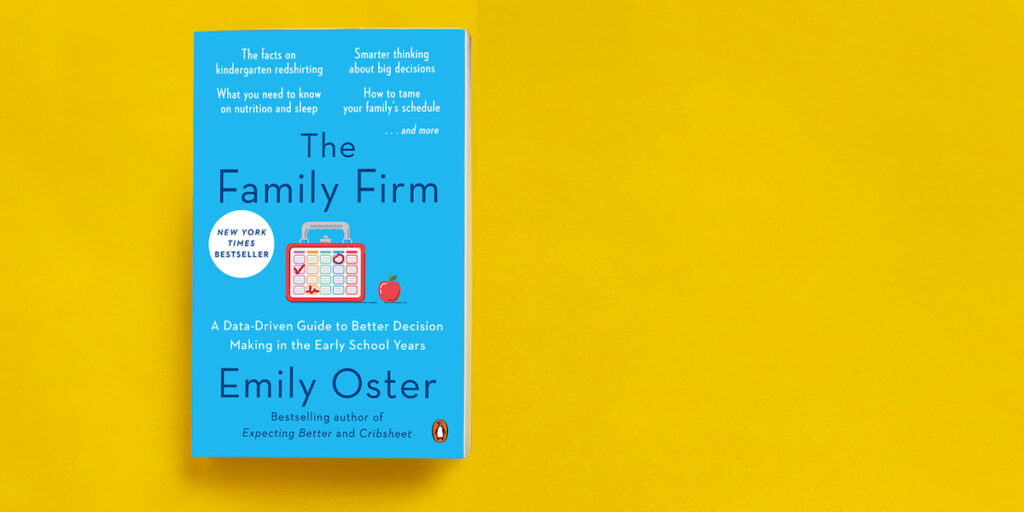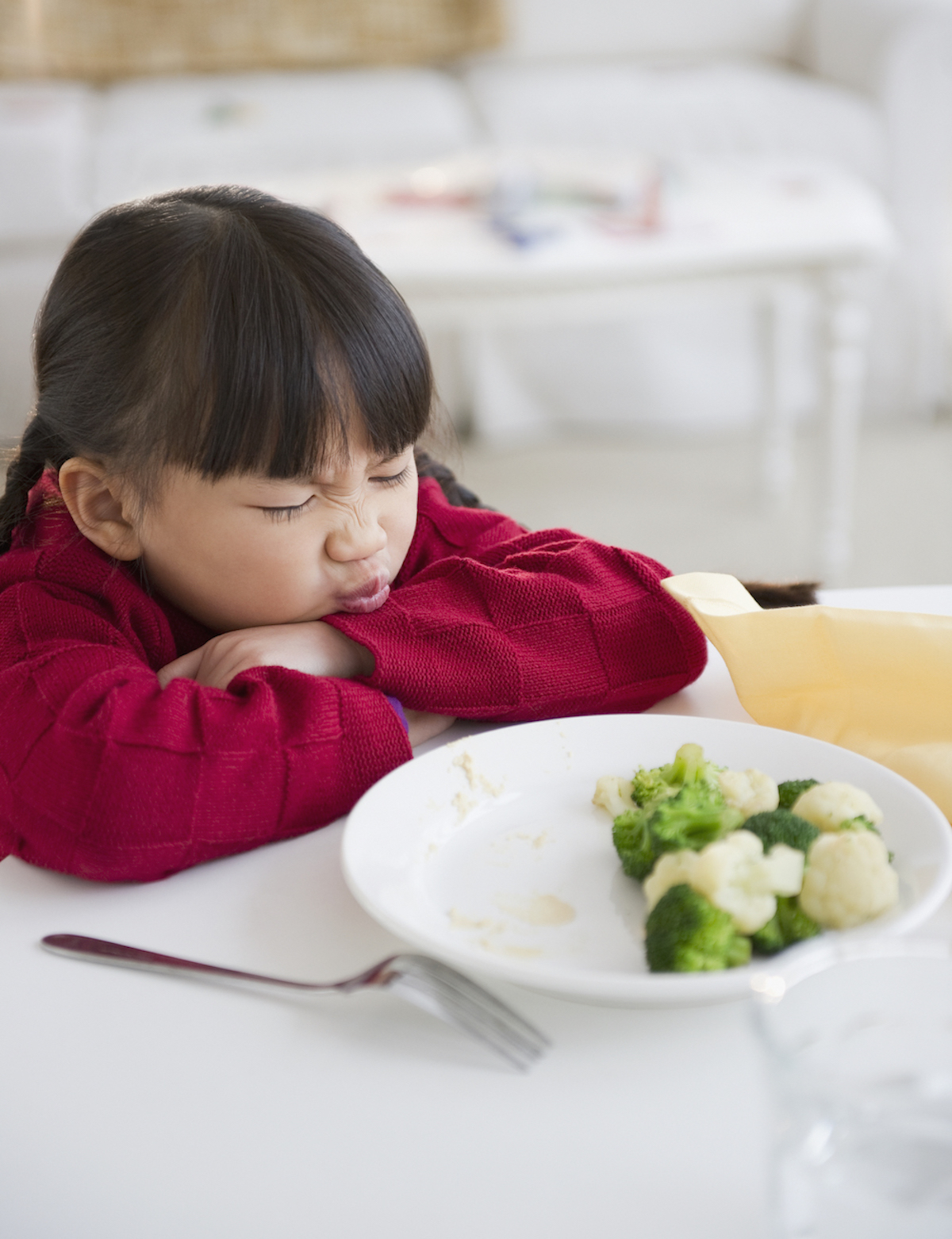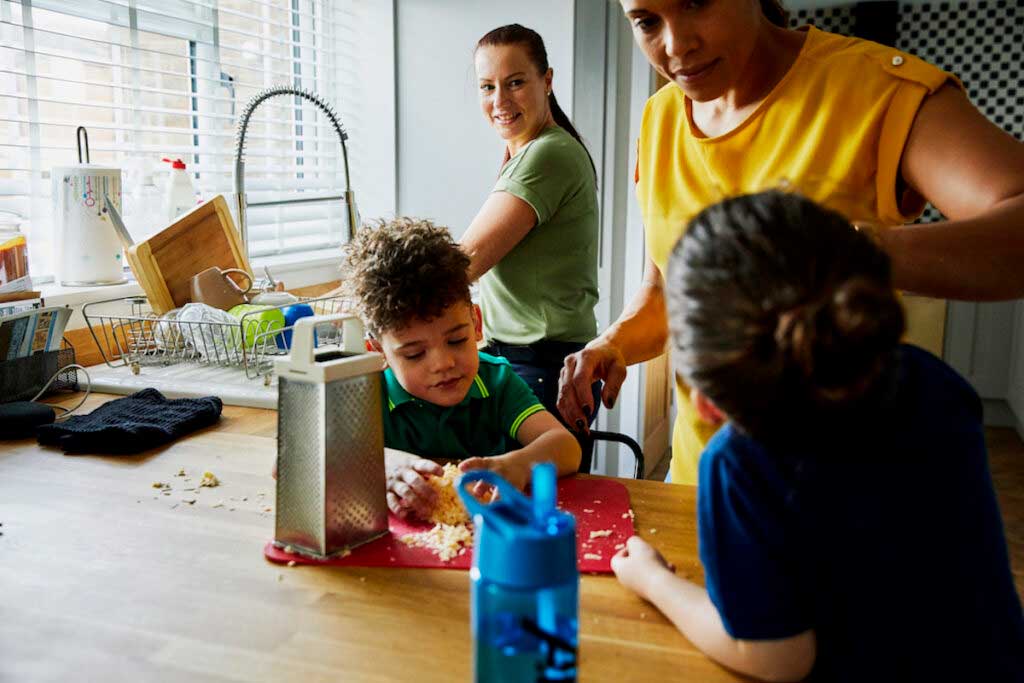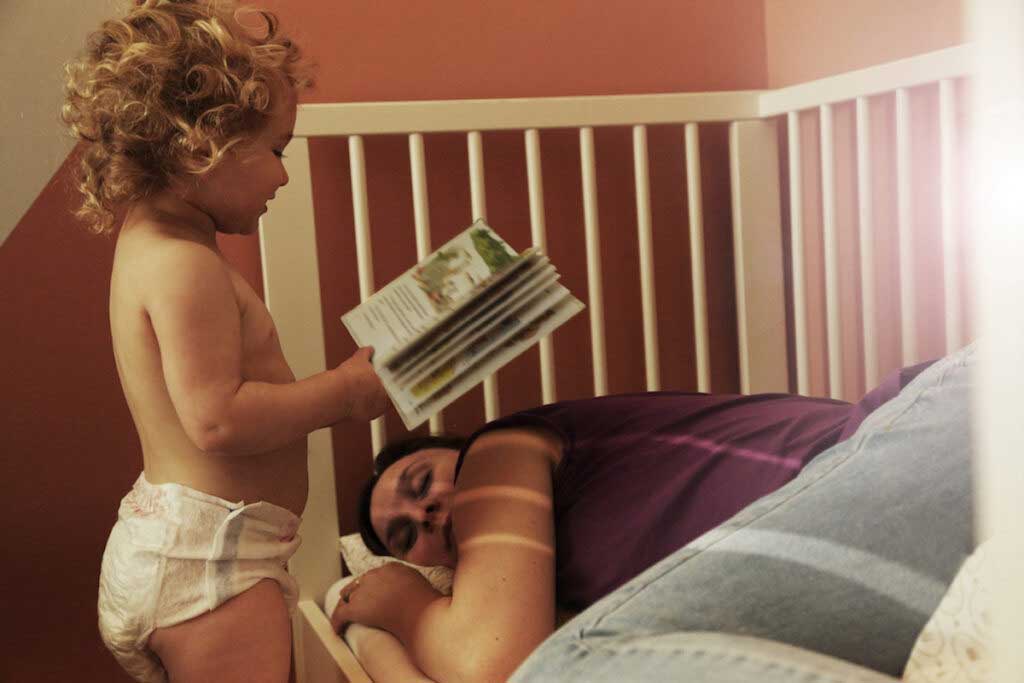Last August, The Family Firm was published. There is nothing quite like finally releasing a book into the world, and I was so grateful for the reception it received. I will say, though, it was a weird time to put out a book. The world was just sort of reopening — I recorded in person with Good Morning America, and it was the first time the interviewer had been back in the studio since March 2020. Big in-person book events were still mostly out of the question.
Part of what I love about writing books is getting to speak with people about them — to hear their follow-up questions and to talk about why I wrote the book and what I hope they’ll get out of it. I missed that.
So I’m excited that the paperback of The Family Firm is out tomorrow, and it’s an opportunity to do some of these things again. I did an actual in-person book event a couple of weeks ago, and I hope I can do more as the fall continues.
I’m also planning to engage with the ideas from the book here, in the newsletter, beginning today.
First: for those of you who are new here, let me give a little book overview.

Overview: The Family Firm
The Family Firm has two distinct parts. Much of the book is focused on discussing the data behind many older-kid questions. What do we know about kindergarten entry age? What makes a good school? Is homework important? What about extracurriculars and summer camp? I talk through data on sleep and nutrition, on family meals, on TV time, and even a bit on the question of when to get a phone. There’s a lot in here that I found simply fascinating to research — probably the information on how kids learn to read was my favorite, although the importance of sleep is more actionable.
This part of the book is the most like Expecting Better and Cribsheet. These chapters are a true follow-up. If your kids are aging into elementary school and you want some data-based guidance on the choices you face, this part is for you.
The second part of The Family Firm is focused on taking a deliberate approach to family decision-making and the structure of your family life. The title of the book comes from the idea that some of this deliberate decision-making can be informed by what corporate firms do. This ranges from the very explicit (e.g. use Google Docs, agendas, calendars) to the more abstract (use a structured, four-step decision approach to significant family choices).
In the book, I go all in on this approach. I encourage people to think about the big picture of their family life: What do you want your days to look like? What are your top family priorities? I have worksheets (which you can also access here). The goal is to use these tools to shape the day-to-day of your family life into one you love and, in the longer run, to make future decision-making smoother by aligning priorities.
When the book came out, I heard from people who found these tools helpful. They very nicely sent me photos of themselves filling out worksheets, and shared their family mission statements. This was amazing! But I also heard from people who told me some version of I’m already in the weeds. I do not have time for a spreadsheet — love the data, but this part of the book is just too daunting.
Let’s face it: we’re still dealing with COVID, child care quarantines are still happening, we’re trying to work and parent and all the rest of it, and, frankly, there is burnout. Even if you might see that more deliberate parenting could help, the idea of getting to the other side of this approach seems impossible.
I hear this, and I now understand that not everyone likes worksheets as much as I do. At the same time, I firmly believe that being more deliberate about our choices can — even in the short run, even quickly — improve how our households function. And while looking at everything all at once has a certain appeal, we can take these changes one step at a time.
“One Thing”: A Family Firm miniseries
In line with the paperback publication of The Family Firm, this is the start of an occasional series in which I (along with your help!) think about the way we can identify individual family roadblocks, one at a time, and try to use more deliberate processes to fix them. I’m calling this “One Thing,” because the idea is to identify one roadblock, one logistical issue, one source of conflict.
Here’s where you come in. Thinking back over the past week or month: What was the biggest source of stress/conflict/difficulty in the day-to-day? What’s one thing you wish you could wave a magic wand and change? It could be a big thing — uncertainty about whether a stay-at-home parent should return to work, for example. It could be a little thing, like a constant fight about what’s for breakfast for your 5-year-old. Or maybe it’s logistical: we argue every day about pickup, or drop-off. It might be about time — I am dying to get back to exercise but cannot figure out how to fit it in — or about money.
Share your one thing here. I want to hear from people at any stage of pregnancy or parenting, from non-parents, from single people. You don’t need a multi-person household to have a one thing. I will talk through some of these (anonymously) in later posts. And I may even be in touch, if you’re open to it, to try to talk through and try out some solutions. Like much of the rest of ParentData, this is a bit of an experiment.
To get your juices flowing on your one thing, here are a couple of examples from my own household where we try (“try” being the operative word) to directly address our One Things as they arise.
Sometimes the one thing is small and, frankly, kind of stupid. We have an outdoor eating space in the backyard. I do not like to eat outside because I don’t love bugs and I also find it kind of annoying to bring all the food out. My spouse loves to eat outside because all the food that the children spill is magically cleaned up by some combination of bunnies, squirrels, and skunks. This meant that we were regularly disagreeing, if not exactly arguing, about outdoor eating. So we discussed and developed the policy below. It’s written in the family meal policy document. (No, I’m not making this up.)
Dad can initiate Lunch/Dinner in backyard on Fridays, Saturdays, Sundays, holidays, or holiday-adjacent days, when the temperature is at least 70 Fahrenheit and there is no precipitation. Mom can veto if the meal is soup.
Yes, this is extremely minor and, yes, my family is a little unusual. And yet it’s one less little conflict.
Sometimes the one thing is slightly bigger. Until recently, my younger child played the violin. He did not enjoy it, which meant that forcing him to practice every day was a huge struggle. It was a small number of minutes of the day (a very small number), but they were incredibly unpleasant. My intense desire to let him quit so I did not have to deal with this was up against a strong ethos of finishing what we started, of following through on commitments. This one took more discussion and thought (including with his teacher), but ultimately we compromised by finishing out the year, doing a recital, and then taking a break.
Even when it’s slightly bigger, our one thing is never huge and abstract. It’s concrete and possibly actionable (even if not immediately). So there’s your challenge. What’s your one thing? Share it, and maybe we can fix it. And once we do, we can fix the next one, and the next. Pretty soon, your spreadsheets will write themselves.
Before we go: today I’m giving away signed copies of the book on Instagram, so head over there for the chance to win. Or you can preorder a copy of The Family Firm in paperback here. Thanks for reading and, above all, thanks for the support — of The Family Firm and of all the rest.

















